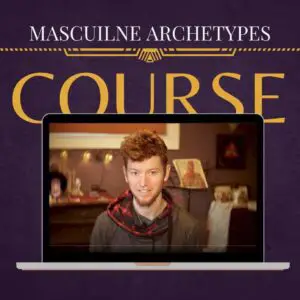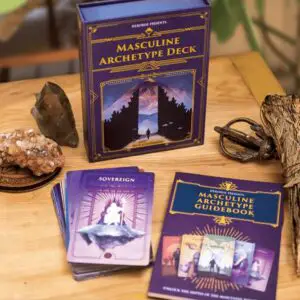Myths have an extremely rich history in pretty much every civilization in the world. Myths can do a lot, from teaching us to creating a sense of meaning and belonging in life. Today we’ll take an in-depth look at them and their importance in everyday life.
Myths are powerful because they can translate complex ideas into simple stories that are easy for people to understand. This makes it convenient for learning bite-sized information and creating routine and meaningful existence. We can all use myths to enrich our lives by following the principles they teach.

The Power of Myths
Humans are creatures of story and myth. In fact, many anthropologists believe that humanity’s unique ability to imagine tales beyond the present is why we rose above the other species and conquered the world, physically and technologically.
We can see this in every part of human culture. Our religions are filled with miracles and tragedies. Our entertainment industry gives us TV shows centered around heroes and struggles. There are even branches of the military that rely on legendary stories from the past to boost morale.
Myths allow us to build a shared history and relate to each other as human beings. They shape our perspectives about the real world and reinforce our values & goals.
Many myths sound far-fetched, and rightfully so. They are stories of legendary individuals whose strength is remembered across generations. But that legendary quality is what makes them so great!
Stories help us relate to each other and find courage when it’s needed. While ancient myths like these are probably fictitious, they can help us in an impactful way.
Read More about Masculine Symbols used throughout the ages
What Makes a Myth? The Four Functions
So what even is a myth? A myth is basically an old story that is carried down through tradition throughout generations.
Myths can exist in a variety of forms. Some of them are passed down through civilizations to explain their creation. Others are memorialized through social groups to inspire certain desirable traits.
Myths can have some basis in reality, or they can be entirely fictional. Most myths are somewhere in between.
Many mythologists agree that myths have four main functions:
- Pedagogical function – These types of myths serve to create meaning and mental fortitude throughout the human experience. Essentially, these kinds of myths create a greater “purpose” or meaning throughout life, usually by establishing rites of passage at certain points in life. Many religions have myths like these, especially around adolescence or “coming of age”.
- Sociological function – Many myths serve to enforce a certain moral code through legendary storytelling that primarily serves to keep society in order.
One of the most famous examples of a sociological myth is the Hebrew myth of the ten commandments. As the legend goes, God told Moses to go to the top of Mount Sinai and record ten laws for humans to follow, laws like “Thou shalt not kill” and “thou shalt not commit adultery”.
Many rules like these are the basis of our legal and societal morals today, and the myth helped popularize good behavior during early civilization. - Metaphysical myths – Although moral code and human purpose are important; many myths exist to create a sense of a greater reality and higher function. While pedagogical myths create purpose for humans, metaphysical myths create purpose for the universe as a whole.
For example, the native Americans believed in mythical spirits of animals around them, like mountain lions that could sense danger or certain weather patterns through their behavior. Metaphysical myths open us up to a world beyond what we casually observe. - Creation myths – Also known as cosmological myths, these myths usually exist to explain what science cannot. They can tell us the reason for pretty much anything, from animals to the sun cycle, to where butterflies come from! For example, the Greeks explained the Orion constellation as a punishment by their God Zeus.
How are Myths Created?
Myths are created through a process of repeated storytelling over a long period of time. They’re beautiful and mysterious bits of folklore because they can never be tracked to a certain individual or even a specific point in history. They simply come up, and slowly evolve over time.
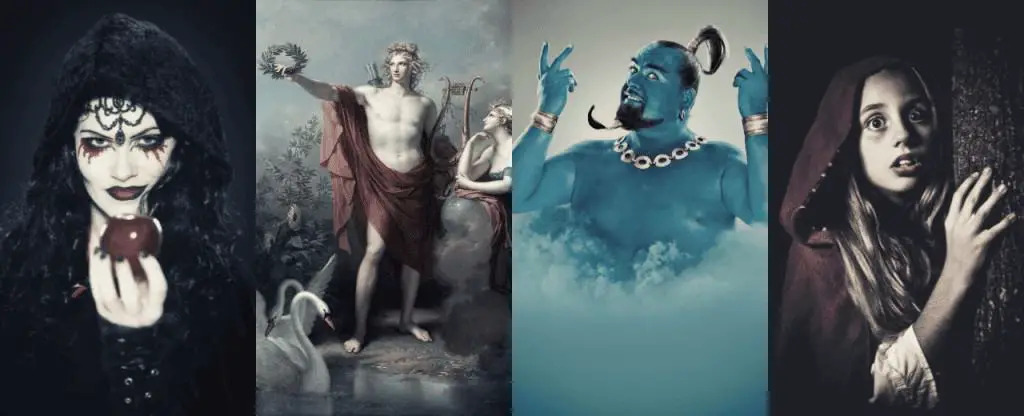
We can, however, make educated guesses about how myths originate in a social sphere. They must logically start with someone’s imagination. Perhaps an original fairy tale, hallucination, or perception of a real event. Over time, they are told with various embellishments and changes.
Even over the course of time, the heart of the myth remains. A myth is really the skeleton of a story, and the meaning behind that story. If the story or moral is especially profound, people will pass it on.
If a myth becomes uninspiring, the details might be changed or added to provoke a greater message. This is what gives myths their pizazz. They survive based on their ability to actually impact people.
This is what makes myths so powerful: They’re not just a recorded story, they’re a shared event between the listeners and tellers, throughout history. Myths can instantly connect us with important parts of our lives: Our faith, interpersonal relationships, and history.
Modern Myths as a Way of Building Culture
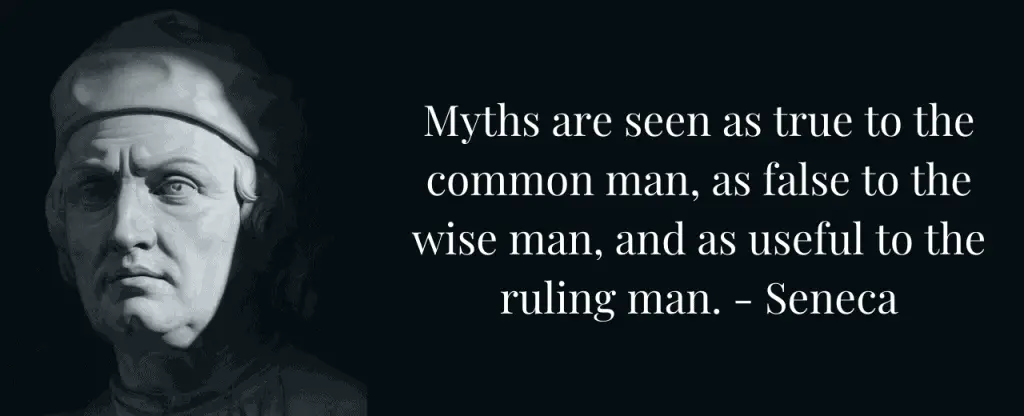
The beauty of a myth is that the validity of the story is only as useful as one’s own ability to believe it, and the real benefit comes from the outcome of believing the myth. In other words, myths are results-oriented!
The Bible forbids the consumption of shellfish, and the koran forbids the consumption of pork. We could sit here all day and debate if God really did say that consuming these products was bad, but there’s one thing we can all agree on:
These myths have saved countless lives. For example, in a time when pork was commonly infested with parasites and shellfish went bad quickly, the abstinence of their consumption proved to be a healthy rule for early humans.
Modern myths can be seen all around us.
Take the idea of the American Dream. The shared culture of hard work and success connects Americans to their past heritage and allows them to work harder. But, much like a self-fulfilling prophecy, the mythical “American dream” has led to tangible outcomes like American exceptionalism.
But this dream is still alive and still changing.
There has been great work to change the American Dream to be more inclusive. There is work being done to grow the myth of America to include minorities and the protection of our environment. The essay, Created Equal: Exclusion and Inclusion in the American Dream is a great exploration of how we can change the story of America.
This is a good example of the evolving nature of Myths – how in every telling we participate in the creation.
Using Myth-Making in your Life
Believe it or not, we all have myths in our life, and we all use them to get through the everyday struggles of the human experience. So here’s an exercise to help you get into the habit of noticing and using myths for personal benefit:
- Write down a list of people (or groups of people) that you look up to the most. When you’re going through a troubled time in your life, is there a person or story that makes you go the extra mile?
Is there a tale that you relate to about success? Maybe there’s a specific professional who is just so good at their craft that it inspires you. Think about them and ask yourself what inspires you.
- Write down a list of values or anything you find meaning or importance from. These can be specific things like “working out” or abstract concepts like “perseverance”.
- Start connecting these values with “mythical” stories and people in your life. Notice your own personal myths, as well as the myths of other people. Notice when these stories are brought up, and what good storytelling looks like.
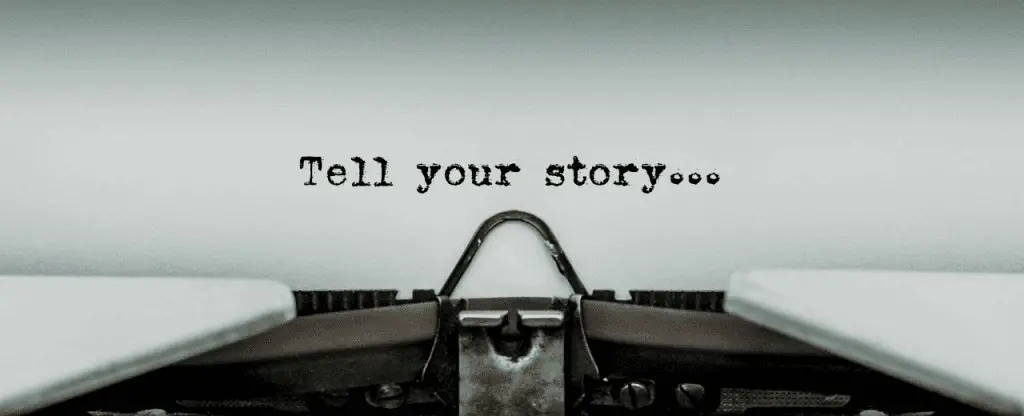
In Conclusion:
In this article, we talked a lot about myths and legends. Most notably, we covered:
- What myths are, and how they exist throughout human cultures.
- The different types of myths and what purposes they serve.
- The process of myth creation and how a story becomes legendary.
- The importance of myths in creating a culture and maintaining identity.
- How to harness the power of myths and use them in your everyday life.
